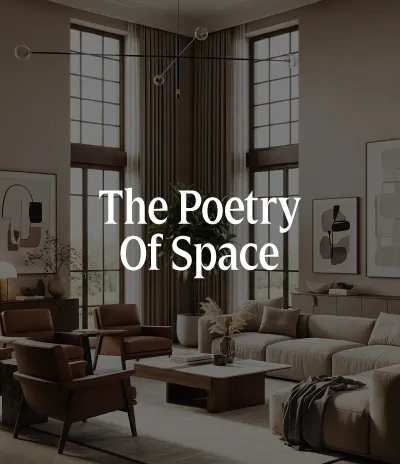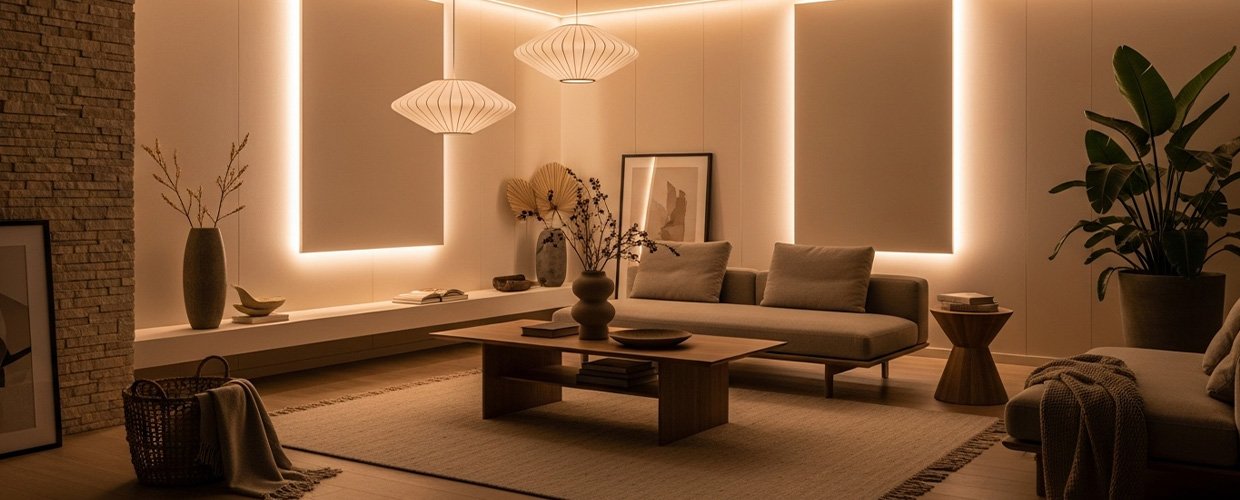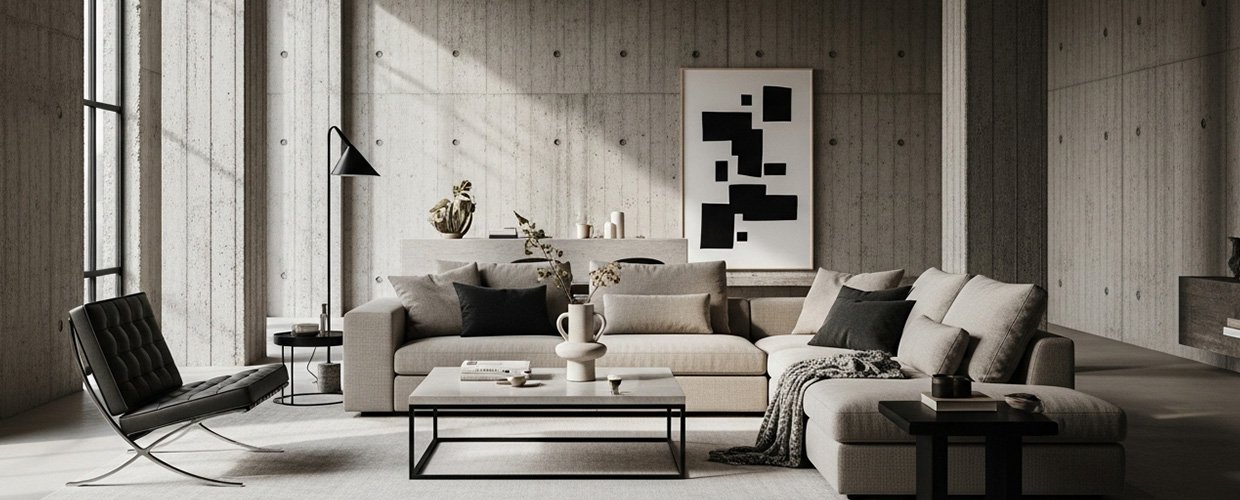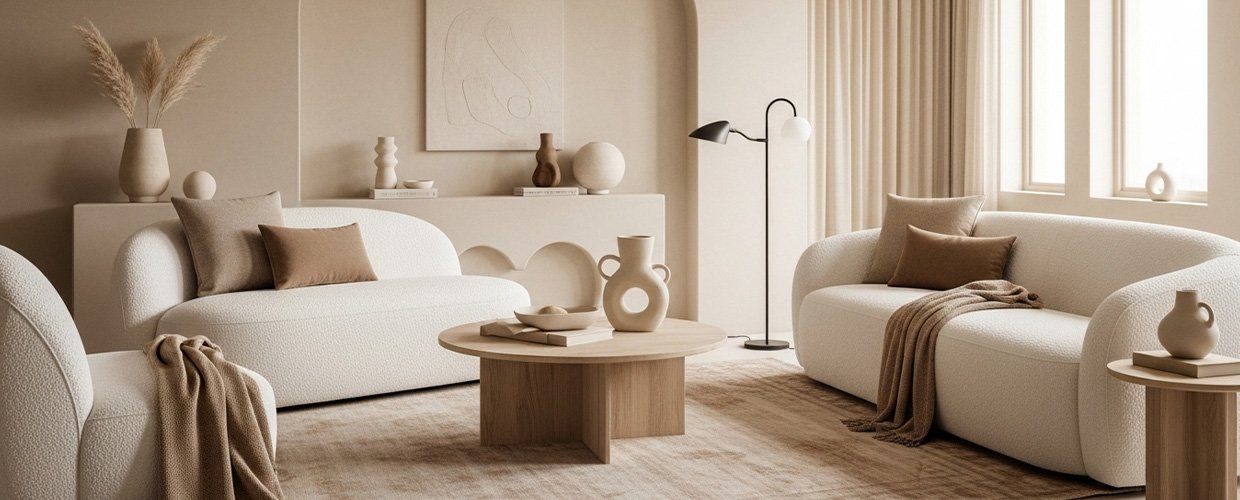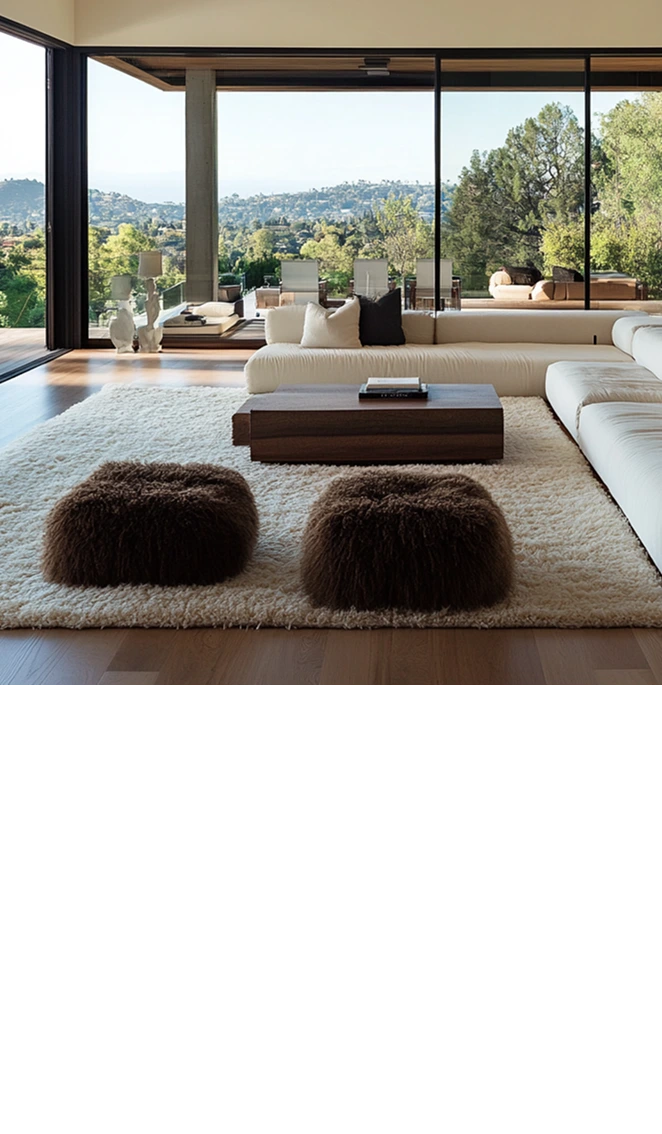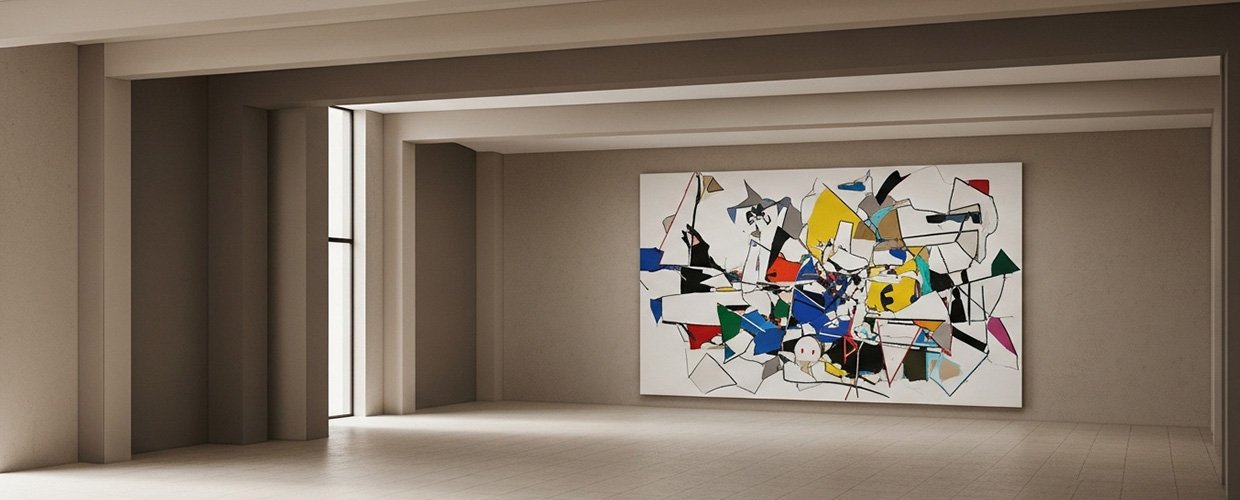
October 17, 2025
Postmodern Design Explained: Breaking the Rules of Traditional Architecture
In the world of architecture and interior design, Postmodernism stands as a bold declaration of independence from the constraints of tradition. Emerging in the late 20th century as a reaction against the stark minimalism and rigidity of Modernism, Postmodern Design celebrates complexity and contradiction. It is a movement that invites creativity, humor, and eclecticism, breaking the rules of traditional architecture to create spaces that are both expressive and functional. At AB Concepts, we understand that architecture is more than just building structures; it’s about crafting environments that resonate with the unique stories of those who inhabit them. Postmodern Design offers a playground for innovation where materials, forms, and motifs are juxtaposed in unexpected ways, challenging conventional aesthetics. This approach not only enriches the visual tapestry of our living spaces but also infuses them with emotion and personality. For homeowners, real estate developers, and design enthusiasts who seek to transcend the ordinary and embrace the extraordinary, Postmodern Design provides an opportunity to reflect personal values and lifestyles in their surroundings. Join us as we delve into the essence of Postmodern Design, exploring its defining characteristics and understanding how it continues to influence contemporary architecture and interior design today.
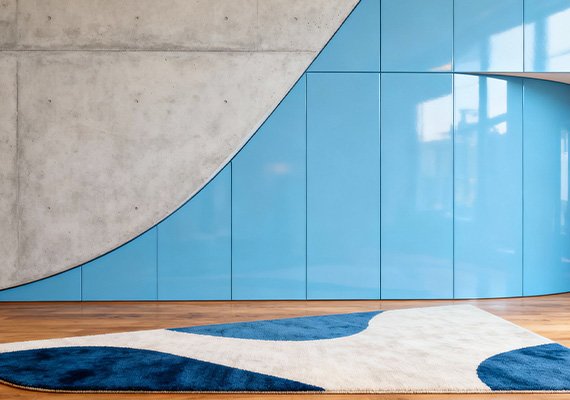
Postmodern Design is characterized by its playful and eclectic approach, embracing diversity in form, color, and material. Unlike Modernism, with its emphasis on function and simplicity, Postmodern architecture revels in ornamentation and complexity. This style often incorporates elements from various historical periods, blending them into a cohesive yet unexpected whole. For instance, you might find classical columns paired with vibrant, contemporary colors or traditional materials used in unconventional ways. At the core of Postmodern Design is the idea that architecture should not be constrained by rigid frameworks but should instead be a canvas for expression. This freedom allows architects and designers to create spaces that are not only visually stimulating but also deeply personal and reflective of the occupants’ identities. One of the key features of Postmodern Design is its use of irony and paradox. This can be seen in the playful manipulation of scale, where oversized elements are juxtaposed with miniature details, creating a sense of whimsy and surprise. Furthermore, Postmodern spaces often incorporate symbolic references and metaphors, inviting occupants to engage with the environment on a deeper, more intellectual level. In the realm of interior design, Postmodernism encourages the mixing of styles and eras, resulting in spaces that are as eclectic as they are harmonious. This approach allows for the integration of personal artifacts and cherished items, transforming living spaces into curated exhibitions of individuality. As we explore the impact of Postmodern Design, it becomes evident that its influence extends beyond aesthetics, touching on the emotional and experiential aspects of how we interact with our environments.

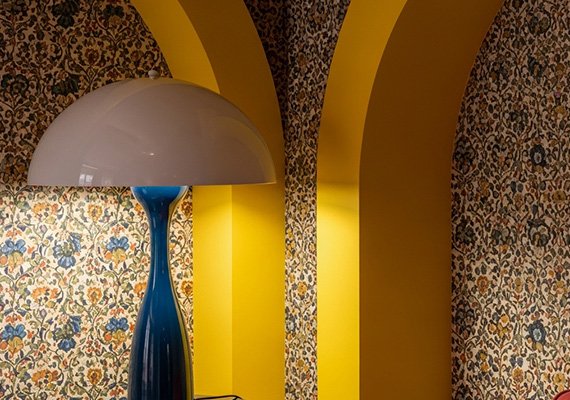
Postmodern Design represents a departure from the constraints of traditional architecture, offering a rich tapestry of styles, materials, and forms that challenge convention. It is a celebration of diversity and individuality, allowing for the creation of spaces that are as unique as the people who inhabit them. At AB Concepts, we believe in the poetry of space—where architecture and interior design come together to tell a unique story. Postmodernism aligns perfectly with our brand purpose, as it emphasizes the emotional and functional aspects of design, crafting environments that are deeply personal and timeless. As we look towards the future, the principles of Postmodern Design continue to inspire innovation and creativity in architecture and interior design. For those seeking to break away from the ordinary and embrace the extraordinary, Postmodern Design provides a pathway to explore new possibilities and redefine the boundaries of what is possible in the built environment. By understanding and appreciating the nuances of Postmodern Design, we can create spaces that not only meet functional needs but also resonate on an emotional level, elevating everyday living and reflecting the lifestyles and values of those who reside within them. As you consider your next design project, we invite you to explore the potential of Postmodern Design and join us in crafting spaces that are not just about being but about becoming.
TRENDING NOW

